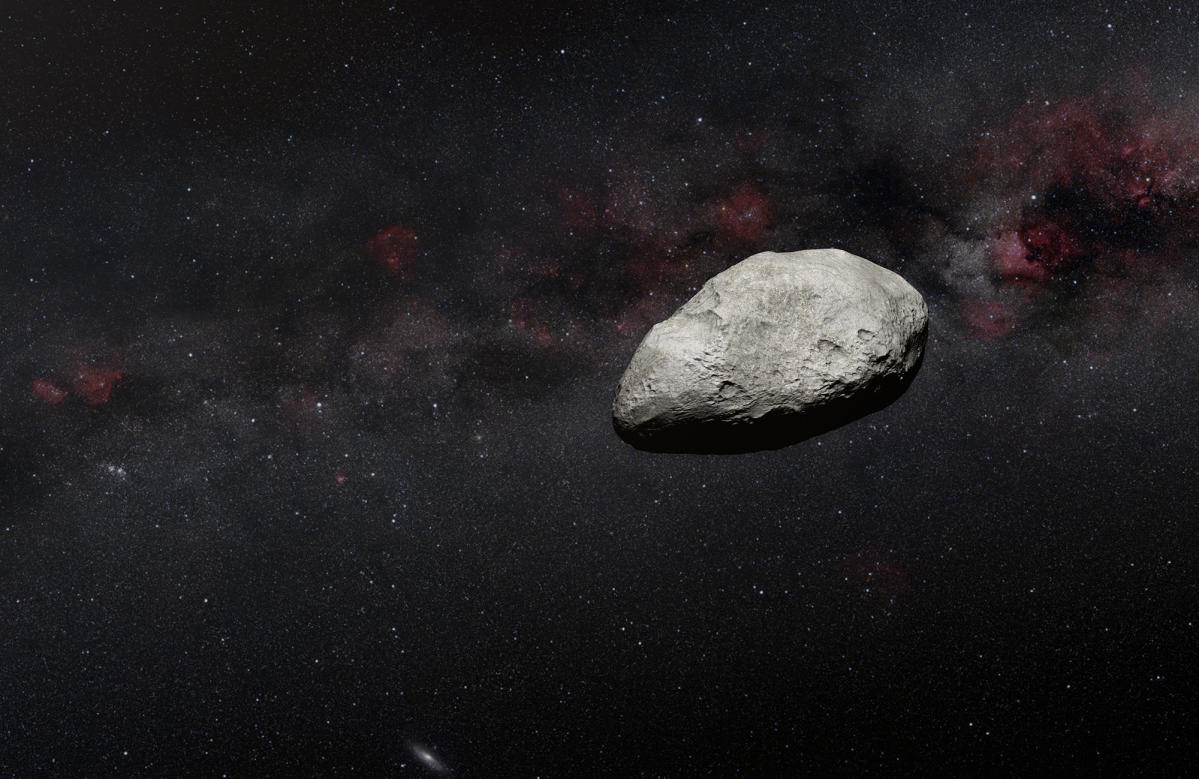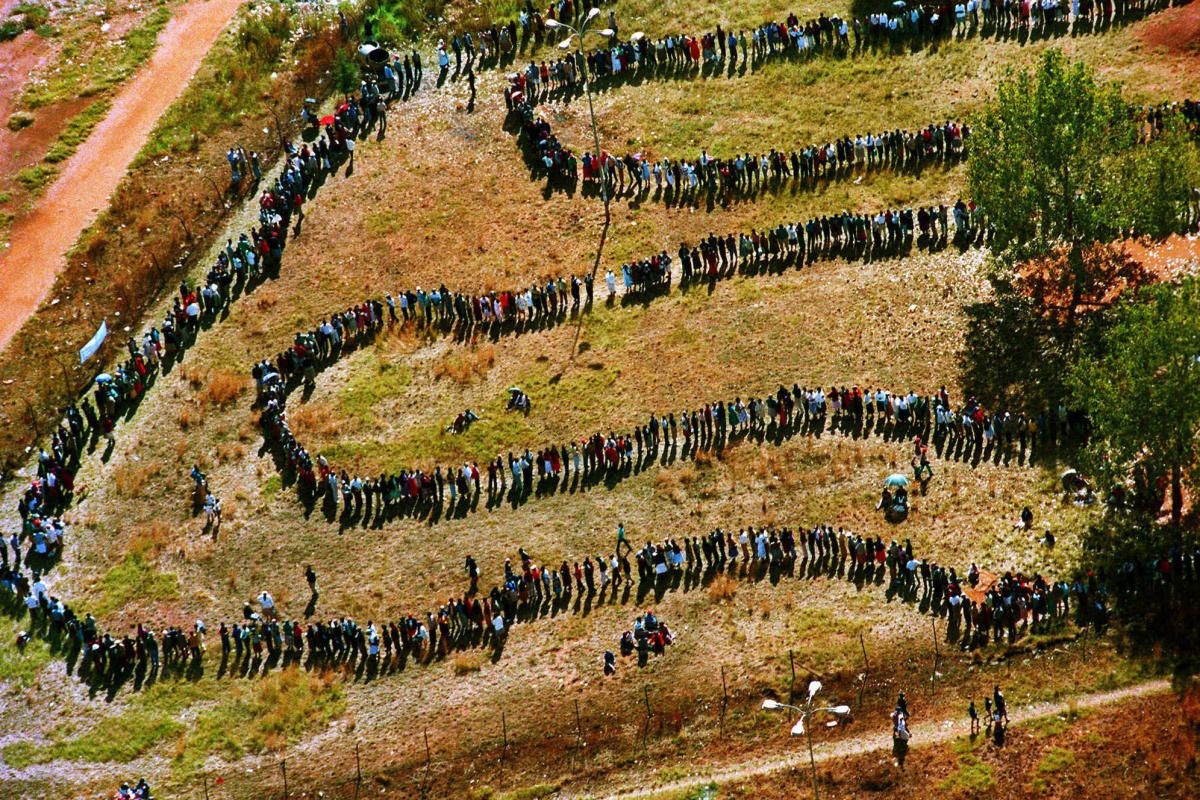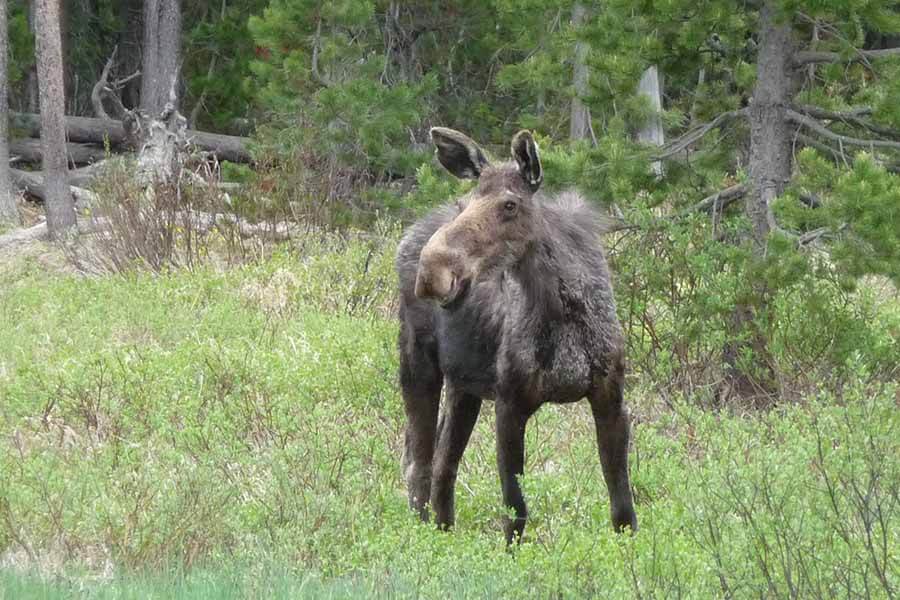A NASA mission that was retired in 2022 has helped scientists detect water on the surface of two asteroids.
Researchers from the Southwest Research Institute were able to use data from the retired Stratospheric Observatory for Infrared Astronomy, a joint project between NASA scientists and the German Space Agency at DLR, to discover the water molecules, according to a news release and scientific paper. Previously, scientists had detected some form of hydrogen in the asteroids but could not distinguish between water and its close chemical relative, hydroxyl.
Scientists studied four asteroids that were rich in silicate, a material that includes silicon and oxygen among other molecules, and found that two of the asteroids had molecular water on two of them. These types of asteroids develop close to the sun, and learning more about this type of asteroid can help show how materials in space were distributed and have evolved.
“Asteroids are leftovers from the planetary formation process, so their compositions vary depending on where they formed in the solar nebula,” said Anicia Arredondo of the Southwest Research Institute in a Planetary Science Journal paper. Arredondo was the paper’s lead author.
The discovery of water molecules on the asteroids might help scientists understand how water came to be common on Earth, Arredondo said. It can also help find information about how water has been distributed in other solar systems, potentially showing researchers where to look for other life in space.
Water was also found on the surface of the moon — enough to fill a 12-ounce bottle of water. Those hydrogen molecules were “trapped in a cubic meter of soil spread across the lunar surface” and “chemically bound in minerals.” Arredondo said the “abundance of water” found in the asteroids is consistent with the water found in the moon, and shows that water can be bound to minerals or other materials.
The research into water on asteroids and other solar bodies will expand, Arredondo said. Researchers plan to look at another 30 targets to “increase our understanding of the distribution of water in the solar system.” The team will use the James Webb Space Telescope to investigate some of these targets.
State Department issues travel warnings for the Bahamas and Jamaica
Israel carries out more airstrikes on Rafah as cease-fire talks continue

Dr. Sarah Adams is a scientist and science communicator who makes complex topics accessible to all. Her articles explore breakthroughs in various scientific disciplines, from space exploration to cutting-edge research.








